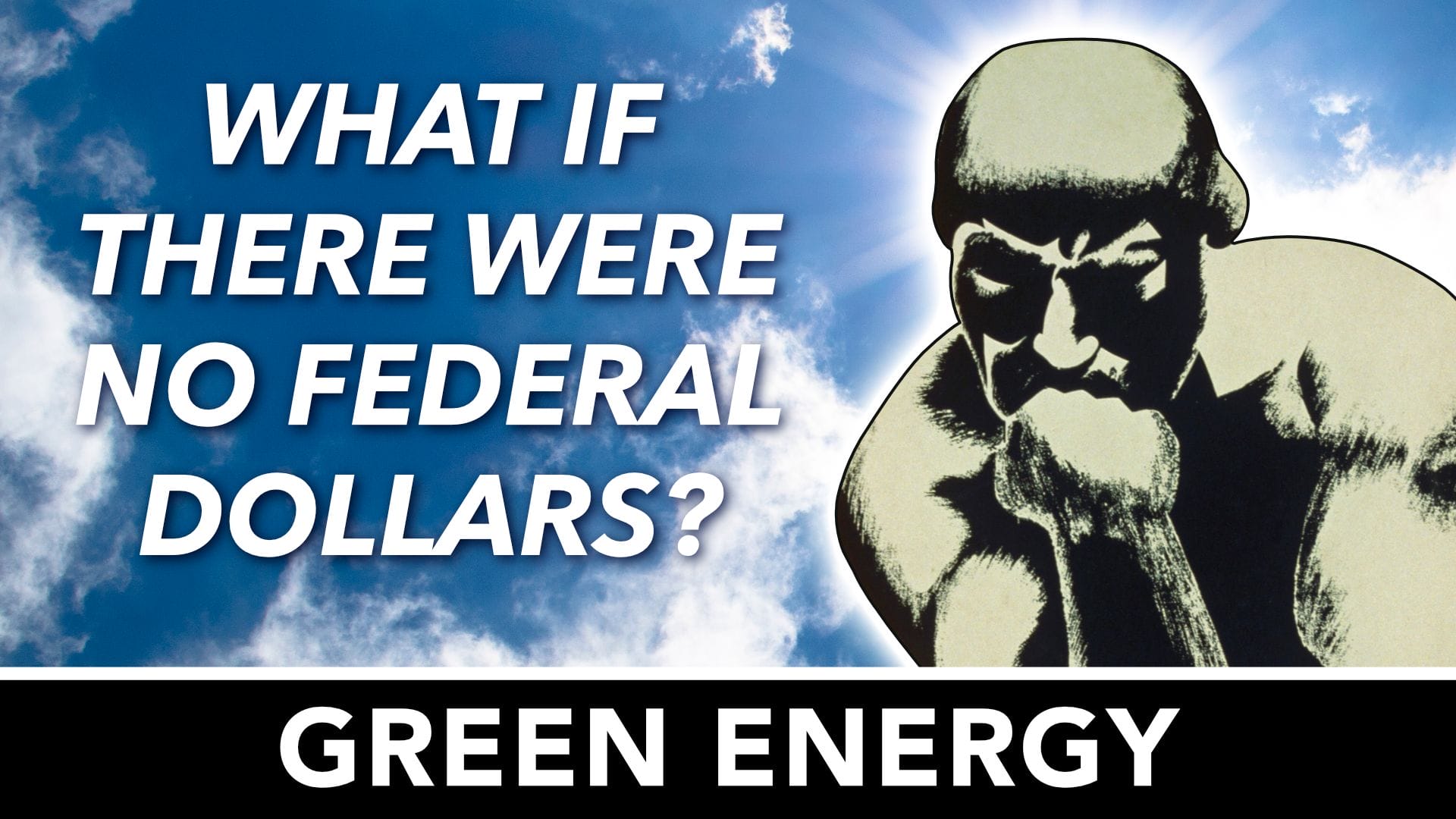One of the biggest points of fear mongering regarding Texit is a series of questions about “what if there were no Federal dollars?” The Texian Partisan breaks down what an independent Texas power grid could look like if the Feds quit throwing money at windmills.
For some time, the Federal Government has been placing its thumb on the scale of the economics of the Texas grid. Economics and grid reliability have suffered ever since. The Federal regulators have successfully executed a two-pronged attack of environmental regulations and green energy initiatives. Before we can dive into the specific ways they meddle in Texas’ electrical market, we first need to understand a few things about the market itself.
Grid Basics
First, the alternating current (AC) electricity we use on the grid cannot be stored. It must be generated in the same quantity it is used, always. The grid frequency is 60 Hz, which is related to the speed at which the system generators spin. Frequency higher than 60 means that more electricity is being generated than used, and less than 60 means more energy is used than generated. ERCOT, in charge of grid reliability and balancing, works very hard to dispatch generators to maintain the grid at 60 +/- .01 Hz. If the grid frequency is more than 0.2 Hz from 60, serious problems can occur, and immediate action is needed to restore the frequency to 60 by adding or reducing generation as needed.
So how do the power generators know when to increase or decrease production to keep the system running? The current wholesale price of electricity is used to signal generators to increase or decrease generation. An increasing price encourages generators to increase output, for example. Also, this price can be very low when there is a large surplus, meaning that the only generators that can make money are wind and solar since they have the lowest cost of operation. However, during a very windy day in the spring when there are low heat or air conditioning loads, this price can be negative! In this scenario, the generator is actually paying to put energy into the grid instead of getting paid.
Perhaps you can start to see that types of generators with higher operating costs, such as coal and gas, cannot or will not run until the price gets high enough to pay off. This only happens when demand is high enough, as on a hot summer day when the public is running air conditioners. Obviously, if a generator is not running, they are not getting paid at all even though their expenses such as payroll and plant maintenance continue.
“Fuel firmness” is an important factor for calculating the reliability of the generator. Firmness is a concept to describe how vulnerable a generator technology is to an unexpected loss of its fuel. For a coal plant, its fuel firmness is categorized by how large the coal pile is, how long it will last, and the reliability of rail, barge or onsite mining to keep the coal flowing. For solar, fuel is only as good as the sunshine. A passing cloud will cause reduced output.
Federal meddling
The Federal government interferes with grid economics under the guise of the “Production Tax Credit.” This is a section of the IRS code that provides a subsidy to companies to build windmills and solar farms. All of the windmills built since the 1980s have been heavily subsidized. When people fret about the “loss of Federal dollars,” this is what they most likely mean.
The Texas grid is a very small grid when compared to the network of national grids. Nationally, there are four grids, including Texas. The three non-Texas grids basically function as one grid because they have very large interconnect capability between them. The Texas grid is isolated from the others except for some very limited DC tie lines that connect to the US and Mexico. Texas has always resisted the urge to nationalize the grid, believing that would be detrimental to Texas businesses and generators. Additionally, it has been a way to avoid federal regulation due to large system blackouts that have occurred twice in the Northeast. These blackouts were a consequence of a large grid that was believed to be too big to fail.
The relatively small size of the Texas grid has made it very practical to conduct experiments that likely would never be attempted on a large scale due to sheer cost and not knowing the consequences. On the one hand, Texas is an innovator for participating in these tests. On the other hand, the Federal government ensures that Texas alone bears the risk. We’re an experimental rat in a cage! The Texas grid has had many questions to be tested through experimentation such as:
Is it possible to do green energy on a large scale?
What percentage of renewables poses a reliability challenge to a grid?
Can we eliminate coal without consequence?
It was also “fortunate” that the organization charged with the reliability planning of the Texas grid, ERCOT, was fairly well stacked with people that did not reside in Texas, so they or their families would not personally bear the brunt of any negative consequences to this tinkering. Non-Texans, therefore, committed Texans to experimental grid management and power generation procedures. Likewise, when the Texas grid was challenged, these same non-Texans didn’t feel the effects.
Who doesn’t love a windmill? How can anyone argue with getting power for almost free? I say “free” because the fuel is free, and the federal government paid for a good chunk of the windmill. This makes wind power stand out as one of the most economical energy sources. So what’s not to like?
The primary downside to electricity obtained from wind and solar is that it is not frequency responsive and provides little grid voltage support through reactive power. It makes sense then that as wind and solar occupy a more significant percentage of the real-time generation mix, there will be less responsiveness and reactive support from renewables. But frequency responsiveness and reactive power need to come from somewhere. That somewhere will be a conventional fossil or nuclear power plant, with a 200+ ton turbine rotor and a heavy iron generator rotor. I’ll stick my neck out right here and say that for this reason alone, you will never see a 100% renewable grid.
Tipping Point
As I described earlier, Texas generators went through an extensive, sometimes expensive program to upgrade their generators because grid frequency could not be controlled. This occurred from the 2010 to 2014 timeframe. ERCOT blamed the generators for careless settings, and sometimes that was the case. However, the biggest contributor to the problem was the increasing presence of renewables on the grid that were not providing frequency control.
1990, renewables were 0% of system capacity
2000, renewables were 0.2% of system capacity
2010, renewables were 9% of system capacity
2020, renewables were 27% of system capacity
Based on the implementation timeline, one could conclude that having 9% renewables started causing noticeable problems in the grid’s ability to maintain stable frequency. The fossil plants, at their expense, corrected the problem. They were not compensated for upgrading their plants. The current standards implemented are more rigorous than what is required in the rest of the country because the rest of the country does not have the renewable penetration that Texas has. Also, it takes more fuel for the fossil fuel plants to get started up in order to make up for the lacking frequency control, which they are also not compensated for.
To tie it all together so you can see the bigger picture:
- Electricity cannot be stored, so only what can be consumed is generated
- The least expensive dollars-per-kilowatt generator will run all the time
- More power consumed means more and more generators online, encouraged by the price signal
- Everyone generating gets paid the same price per kilowatt regardless of their operating cost
- The fossil-fueled plants are required to meet frequency control regulations to compensate for stability that renewables can’t provide.
- Anyone not generating does not get paid, and most importantly:
- Generators who consistently don’t get paid have no incentive to stay in business.
That last one is a biggie because when the super hot days come along, or when a big freeze event happens, we have the real potential to run out of power! The biggest problem we have in Texas right now is that we do not have enough FIRM FUEL plants to cover our peak demand days. That is what happened in the big freeze and what has happened a couple of times this summer of 2022. So how in the world did we get here?
Each power plant type has a dollars-per-kilowatt construction cost. Nuclear is the highest up front cost, and natural gas is the lowest. Renewables are somewhere in between. However, due to the federal subsidies, the renewables become staggeringly cheap to build. Consequently their growth has exploded in the last 10 years. Since the cheapest plants to operate will run all the time, and since only the plants that are needed at the time will run, then fossil plants become the plants that run less and less often. So often times, either these plants will not get built as old ones become obsolete, or the owners will defer maintenance on them to the point where they are not reliable when called on to run. Sure, the governor and ERCOT took out a stick and beat the generators that failed to run during the big freeze; but with no opportunities to make money in the months or years leading up to that, and no incentives to fix anything, what could a reasonable person expect to happen? When ERCOT is challenged on the lack of capacity for peak days, they point to all the new megawatts from power plants in the “construction pipeline”. Unfortunately, none of these plants in the pipeline are firm fuel plants. The big freeze proved beyond a shadow of a doubt that 30,107,000,000 watts of wind power is worth exactly 0 when the wind is not blowing, as it was near 1 AM that day. Stated another way, over 20% of installed capacity was gone due to the weather. Rule #1 says that any shortfall, even less that 1% is enough to crash the grid. And crash it did.
The Federal government, via the Production Tax credit, caused the problems with the Texas grid’s reliability. The closure of 4,000 megawatts of coal power, clean coal power I might add, was predictable due to the Fed-influenced economics, and now you understand those economics. When these cheap-to-run, taxpayer funded generators that won’t produce on a calm day squeeze these large, reliable, firm fuel plants out of the market, all Texans lose. The feds have no stake in this. Before the ERCOT personnel purge, they had little stake in it. The Production Tax credit is the free dope the drug dealer passes out to get you hooked on “cheap” power. The PTC must be eliminated but the Fed has no incentive to do so. Texas Independence will put this important, critical resource back into the hands of those that will ultimately prosper from their stewardship: the people of Texas.
In an Independent Texas, It’s Better!
Could a subsidy-free Texas move rather quickly to natural gas? To nuclear? You bet, as the primary barriers to moving quickly come from the EPA permitting process. As an example of EPA foolishness, they recently flip-flopped on a permit and delayed an infrastructure project in Corpus Christi.
When the free market is allowed to work, we’ll be able to use the natural resources that we already have. Without a Federal hand on the scale in the form of that “Federal money”, we’ll end up with a grid that’s more reliable and perhaps even cheaper to operate. That doesn’t sound like “the sky is falling” to me.





Login to leave a comment